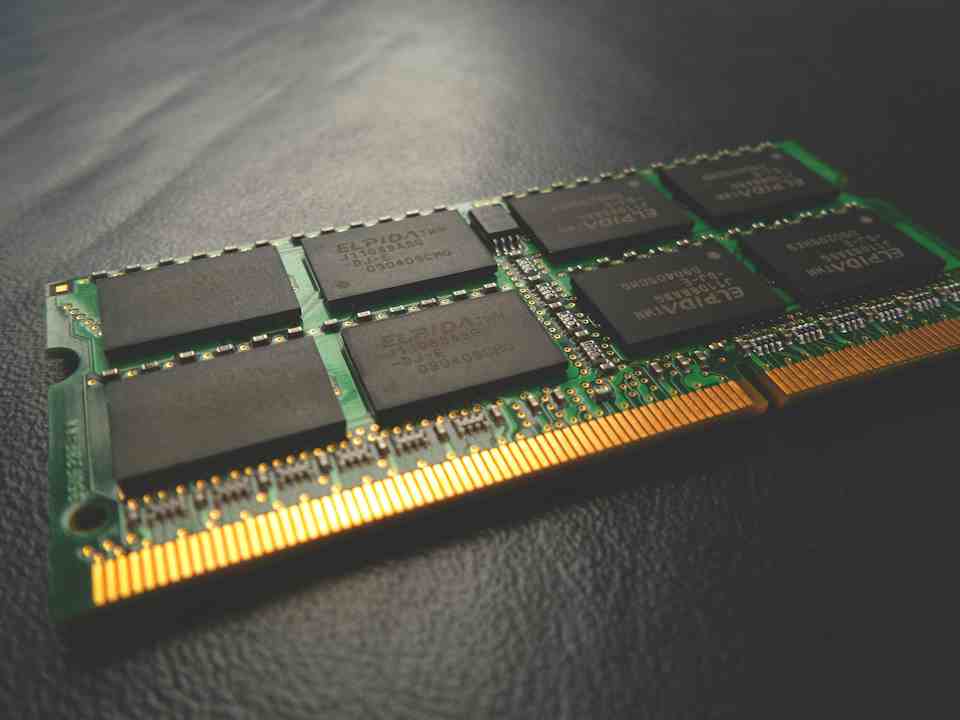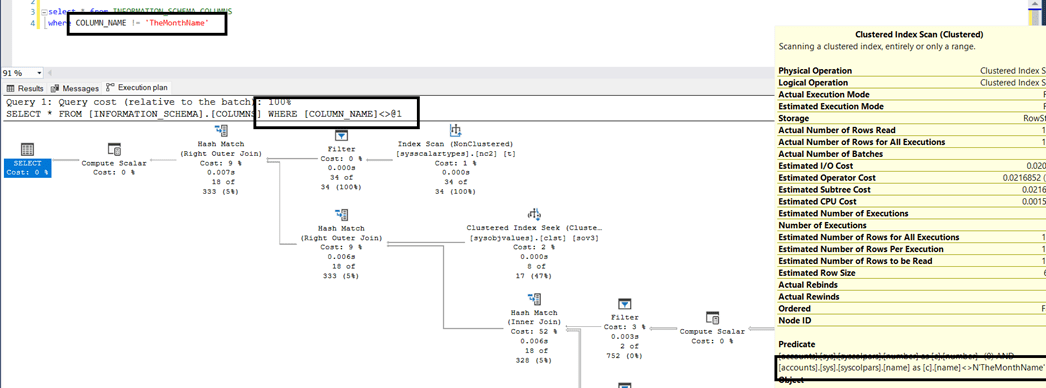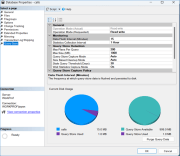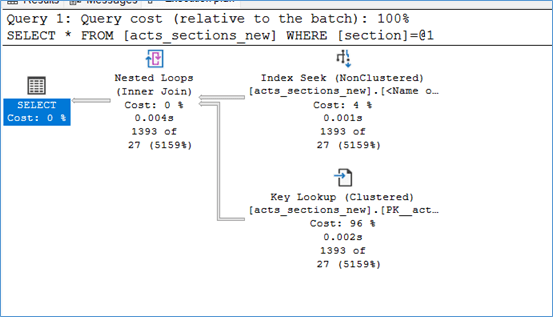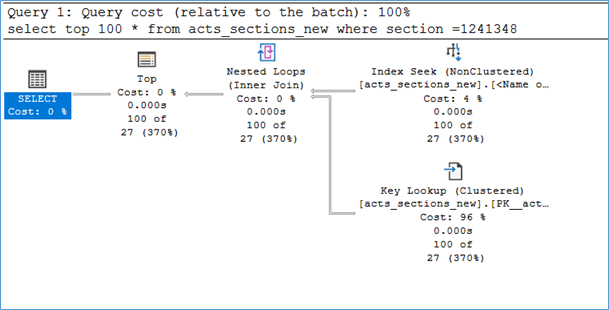JSON (JavaScript object notation) is an unstructured format for storing and retrieving data within files and databases. It offers the flexibility of an unstructured data format like XML […]
Popular Posts
Trending Posts
Recent Posts
Editors Choice
Should you monitor Logical Reads
Getting Set Options for a Session
Generational Inequity
Should you monitor Logical Reads
The argument that reducing logical reads isn’t crucial because they occur in memory and are fast compared to physical reads is indeed valid on the surface. However, it’s […]
Getting Set Options for a Session
While browsing StackOverflow, I came across an interesting use case for the Set Options feature in SQL Server. I have created a few YouTube videos on the different […]
What happens when you delete a column in MS SQL Server?
What sounds like a simple question as expected can have a complex answer in MS SQL Server. This is a good thing because there is a myriad of […]
Generational Inequity
What is generational Inequity? Generational Inequity refers to a phenomenon influencing various aspects of life such as politics, commerce, and even the judiciary. To best understand generational inequity, […]
Is there a difference between using NOT IN and <>
This was a question that came up during a SQL Session I conducted recently. We were reviewing some code in a procedure and it has logic similar to […]
Is there a difference between using <> and ! = when it comes to inequality
I was asked this question recently when I conducted a SQL Session and it felt like a very simple and easy question to answer and something I am […]
How to Setup and Configure Query Store in MS SQL Server
Query Store is a powerful feature in Microsoft SQL Server that serves as a performance monitoring and troubleshooting tool. It essentially acts as a database-wide flight data recorder, […]
How to use Query Store DMVs to troubleshoot performance issues
Troubleshooting MS SQL Server is something that comes from years of experience and there is a certain amount of pride that comes with mastering the level of knowledge […]
Is Using Top operator good for your query?
Using the TOP operator in T-SQL procedures is a common practice among developers. It’s often employed to limit the number of records, either to fetch the first value […]

